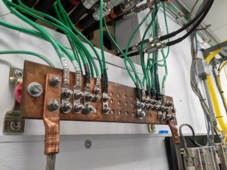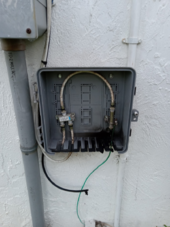kolek
Inventor of the Electron
- Joined
- Sep 29, 2021
- Messages
- 828
Just wondering if anyone out there bothers to disconnect their PV array or any of their other equipment during lightning storms.
(In the case of disconnecting the PV, I'm aware you'd want to reducing PV current down to the lowest possible level to prevent arcing during disconnect)
(In the case of disconnecting the PV, I'm aware you'd want to reducing PV current down to the lowest possible level to prevent arcing during disconnect)





